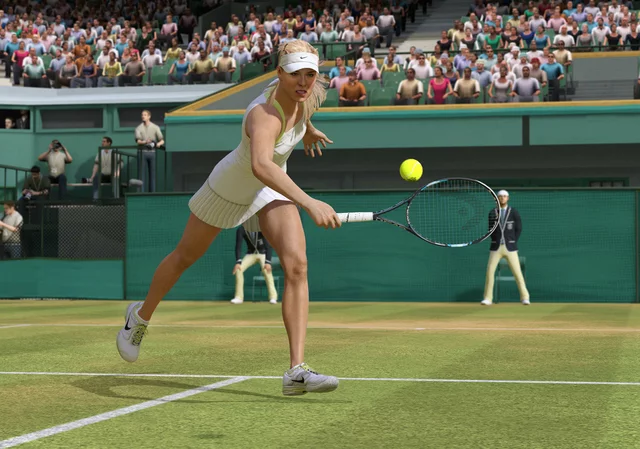For amateurs does choice of tennis racket really matter?
Understanding the Basics of Tennis Rackets
As a tennis enthusiast, you may be wondering if the choice of a tennis racket really matters for amateurs. The short answer is yes, but let me explain why. There are various factors that come into play when choosing the right racket, such as weight, balance, head size, and grip size, among others. These factors can significantly influence your game, and even though you may not be a professional player, having the right racket will help you improve your skills and enjoy the game more. In this section, I will explain the basic components of a tennis racket and how they affect your game.
Finding the Ideal Racket Weight and Balance
When browsing for a tennis racket, you'll notice that they come in different weights, ranging from light to heavy. Lighter rackets are easier to maneuver and generate more racket head speed, making them ideal for beginners. On the other hand, heavier rackets provide more power, stability, and control, which is beneficial for more advanced players. The balance of the racket is also an essential factor to consider, as it determines how the weight is distributed throughout the frame. A head-heavy racket offers more power, while a head-light racket allows for better control and maneuverability. As an amateur, finding the right balance between weight and balance is crucial for your development and enjoyment of the game.
Choosing the Right Head Size
The head size of a tennis racket is another critical factor to consider when choosing the right racket. Larger head sizes provide a larger sweet spot, which is the area on the strings that delivers the most power and control. This can be especially beneficial for beginners, as it increases the chances of making solid contact with the ball. Smaller head sizes offer more precision and control, which is preferable for more advanced players. As an amateur, you may want to start with a larger head size and gradually transition to a smaller one as you improve your skills.
Importance of Grip Size
The grip size of your tennis racket can significantly impact your comfort and performance on the court. A grip that is too small can cause strain on your wrist and forearm, while a grip that is too large can make it difficult to control the racket effectively. To find the right grip size, measure the distance from the tip of your ring finger to the middle crease of your palm. This measurement corresponds to the appropriate grip size for your hand. As an amateur, having the right grip size will help you avoid discomfort and potential injuries, allowing you to focus on improving your game.
String Tension and Material
Another factor to consider when choosing a tennis racket is the string tension and material. The tension of the strings can affect the power and control of your shots. Lower string tension provides more power, while higher tension offers more control. As an amateur, you may want to start with a lower string tension and gradually increase it as you become more skilled. Additionally, the material of the strings can also impact your game. Synthetic gut strings are a popular choice for beginners due to their durability and affordability, while natural gut strings provide more feel and control but are more expensive and less durable.
Price vs. Quality
As an amateur tennis player, you might be tempted to purchase the cheapest racket available. However, it's important to remember that the quality of your racket can significantly impact your performance and enjoyment of the game. While you don't need to invest in the most expensive racket on the market, it's worth spending a bit more to get a racket that meets your needs and preferences. By investing in a quality racket, you'll be more likely to stick with the sport and see improvements in your game over time.
Consulting a Professional
If you're unsure about which tennis racket is right for you, consider consulting a professional. Tennis coaches and experienced players can provide valuable insight and guidance when it comes to choosing the right racket. They can help you determine the appropriate weight, balance, head size, and grip size for your skill level and playing style. Additionally, they may be able to recommend specific racket models and brands that will suit your needs.
Conclusion: The Right Racket Matters
In conclusion, the choice of a tennis racket does matter, even for amateurs. The right racket can significantly impact your performance, comfort, and enjoyment of the game. By understanding the basics of tennis rackets and considering factors such as weight, balance, head size, grip size, string tension, and material, you can find the perfect racket for your needs. Additionally, consulting a professional and investing in a quality racket will help you improve your skills and get the most out of your tennis experience.





Written by Griffin Callahan
Hi, I'm Griffin Callahan, a sports enthusiast with a particular expertise in tennis. I've dedicated years to studying the game, both as a player and an analyst. My passion for tennis has led me to write extensively about the sport, covering everything from player profiles to match analyses. I love sharing my knowledge and insights with fellow tennis fans, and I'm always eager to engage in discussions about the sport we all love.
All posts: Griffin Callahan